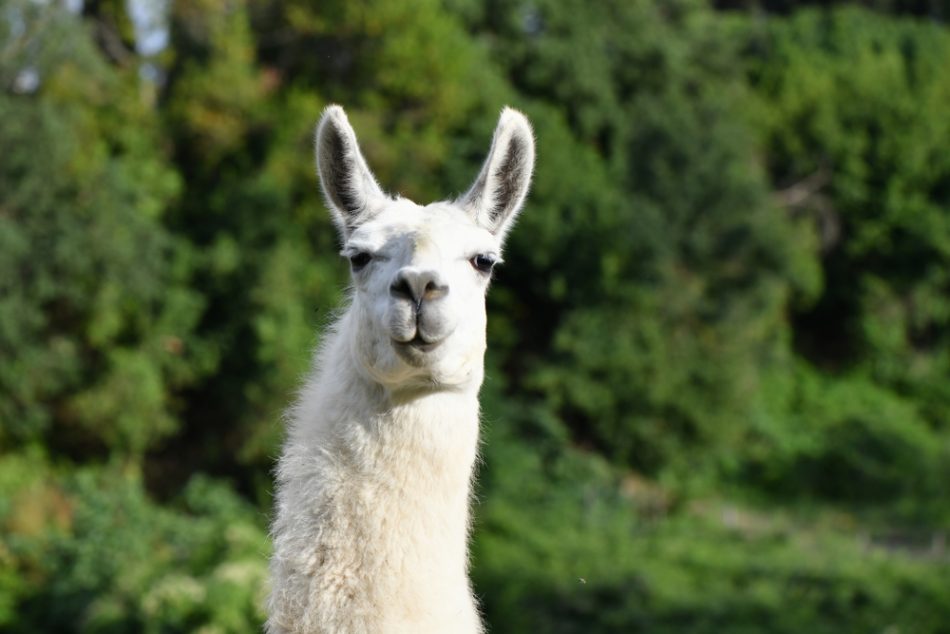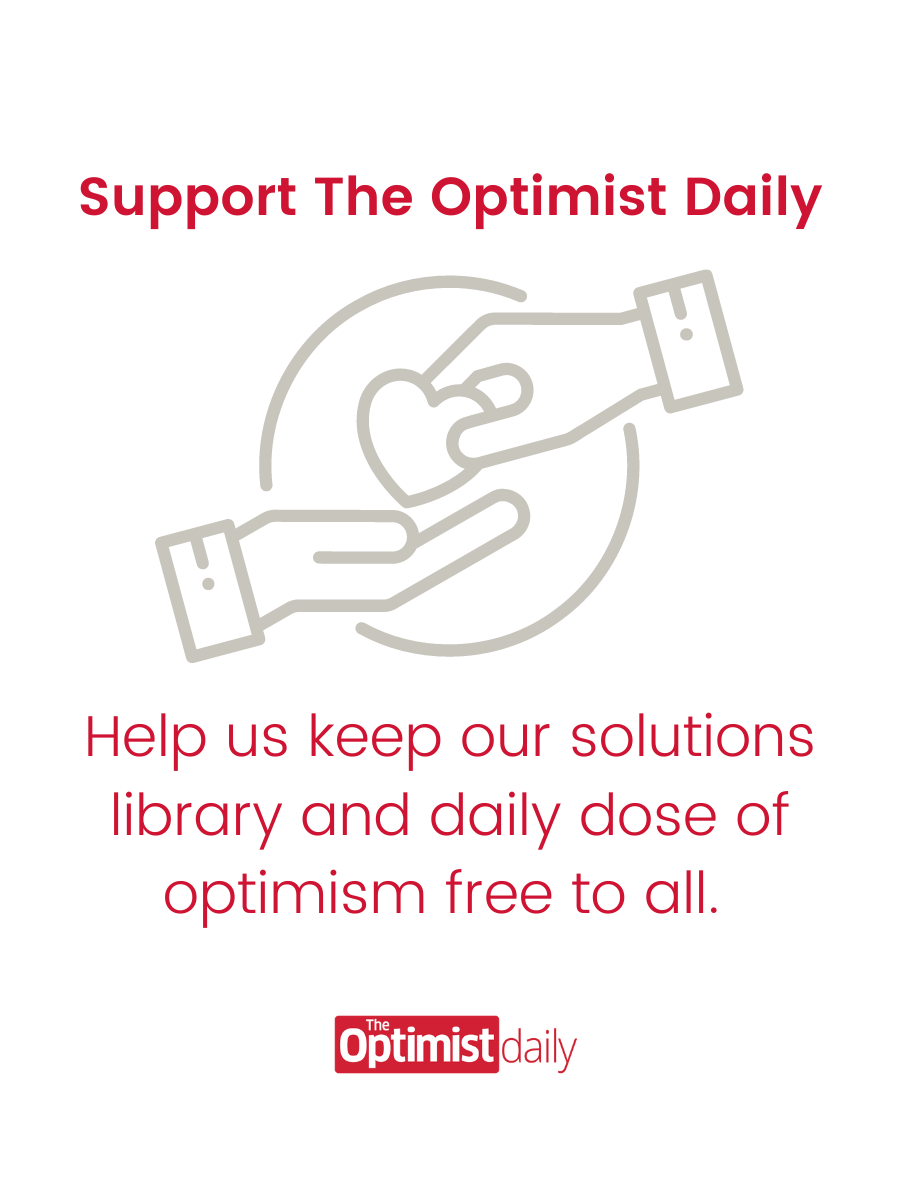Researchers from the Rosalind Franklin Institute at Oxford University have identified an unusual source for a potential Covid-19 treatment: the llama and the Syrian hamster.
Like humans, llamas produce antibodies to recognize and defeat infections, but their antibodies are unusually small, making them easier to manufacture and study in a lab. The size of these “nanobodies” makes them particularly useful in research.
Last year, the researchers published a study demonstrating that they could use llama nanobodies to neutralize SARS-CoV-2, but since then, they’ve been working on the painstaking task of demonstrating that llamas could produce their own nanobodies against the disease. Their efforts have paid off and their research demonstrated that the llama nanobodies did a much better job of blocking the spike protein from attaching to the ACE2 receptor, producing antibodies that are about 1,000 times more potent than human antibodies.
To further test their findings, the researchers turned to Syrian hamsters. These large hamsters have ACE2 receptors that look a lot like those of humans, and they are also susceptible to Covid-19. Infecting the hamsters with llama nanobodies and then SARS-CoV-2, the researchers found that hamsters who received the nanobody treatment experienced a less severe infection than those who did not—experiencing less weight loss and lung infection.
The nanobodies were introduced via a nasal spray, and although human bodies are much different than those of hamsters, the researchers believe that in the future, their technology could be used to deliver protective doses of nanobodies to vulnerable patients entering high-risk environments like hospitals. It could also be beneficial in developing a therapy for future pandemics.
James Naismith, professor of structural biology at Oxford University, told Wired, “We’ll get through the clinical trials and get that accumulated knowledge, so that when the next thing comes—the next respiratory disease—then we know the road map.”











